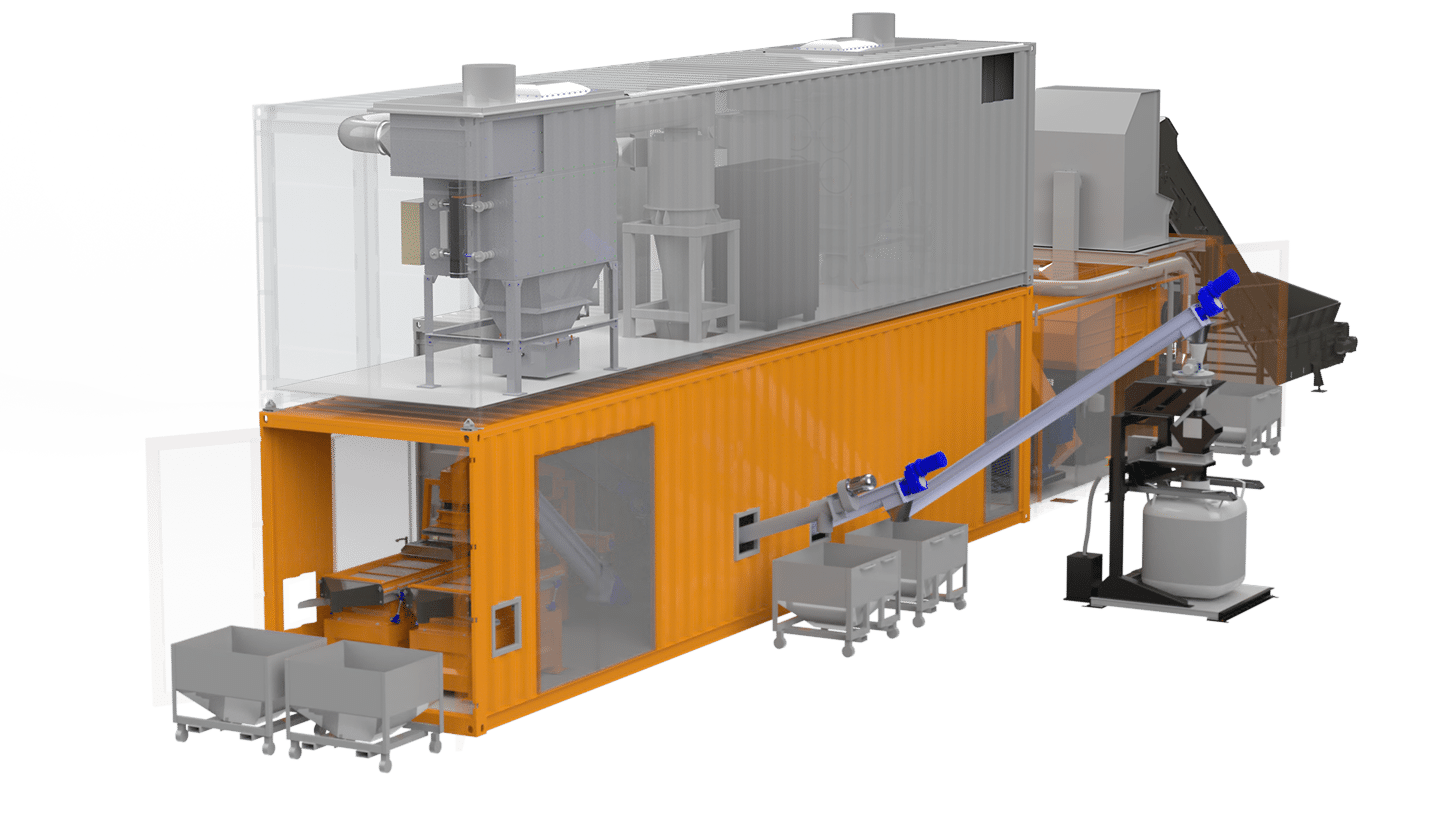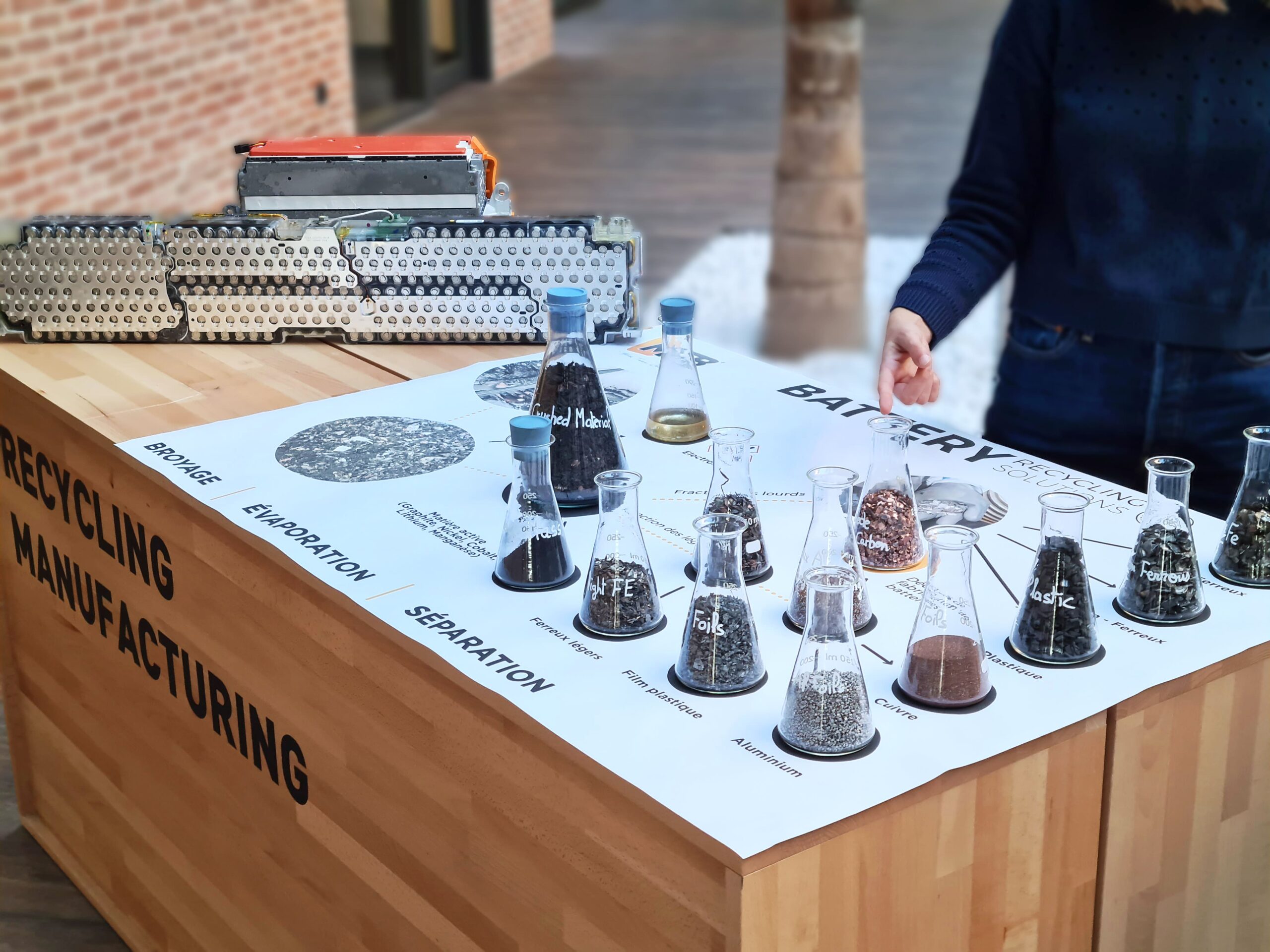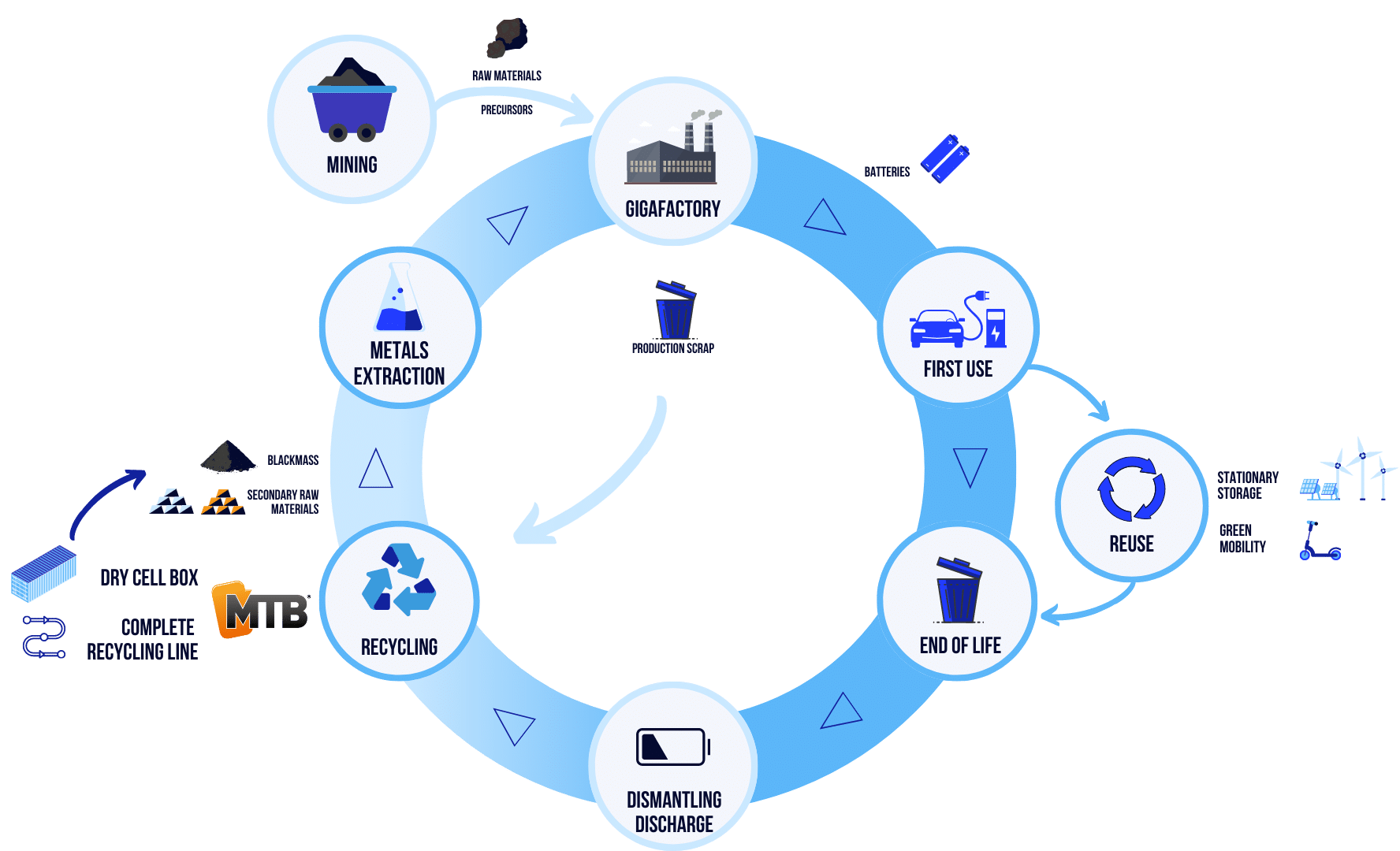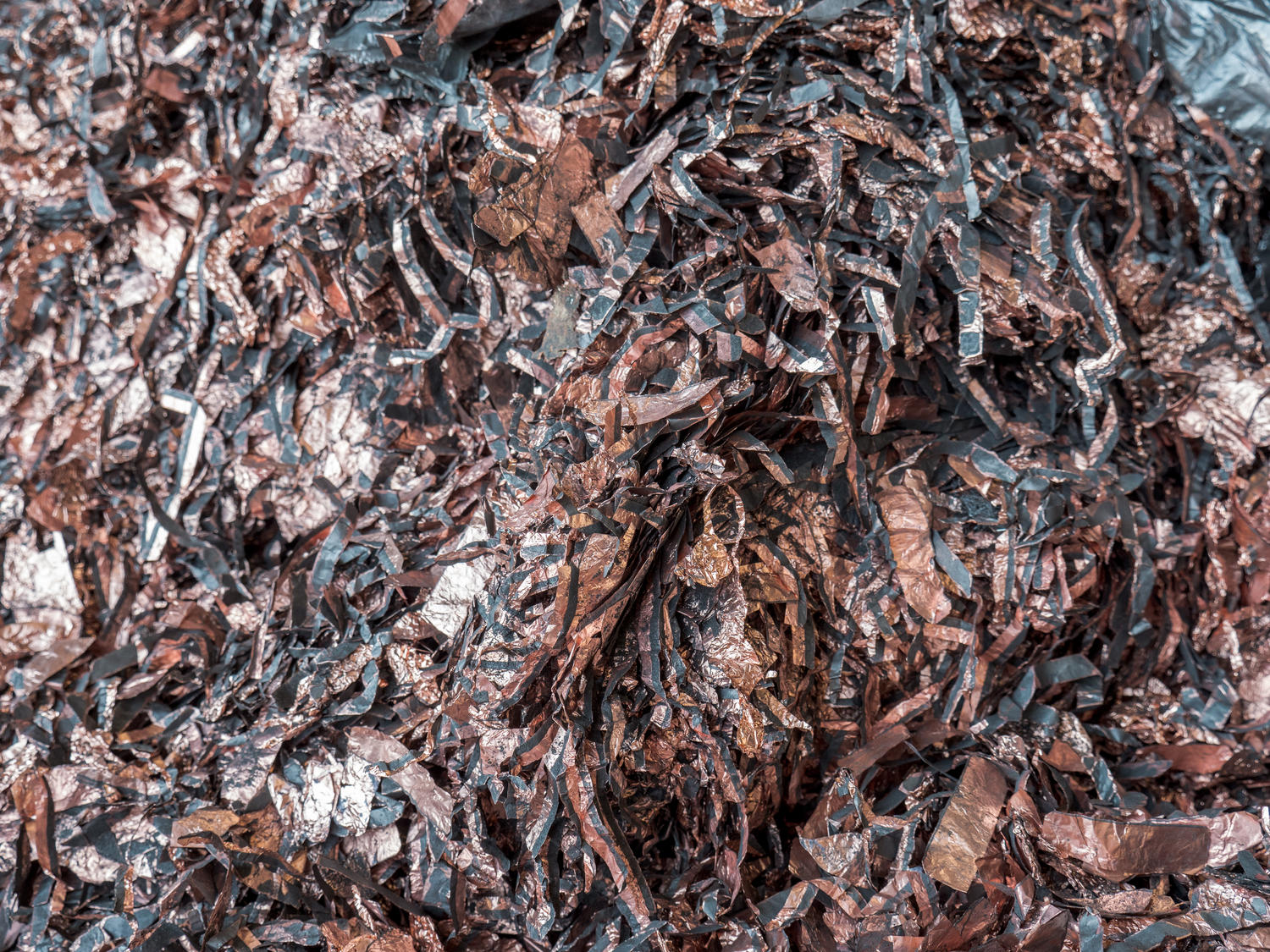Actualités Engineering, Manufacturing
Lithium-ion batteries and its recycling issues
25 October 2021

Actualités Engineering, Manufacturing
25 October 2021

INCREASE OF BATTERY PRODUCTION
“Battery is a key technology for new concepts of mobility and energy supported by the following trends :
Within the battery market, Lithium-ion batteries represent the highest growth and the major part of investments. The number of electric vehicles (EV) sold worldwide will probably reach 15 million units in 2030.
Since the global production capacity is increasing, Europe is not left out. The production capacity of European Gigafactories will reach 500 GWh in 2028.

recycling issues
The main issue of this development will be materials recycling. In Europe, the extended producer responsibility for batteries and accumulators requires a constantly increasing collection rate over the years. The incorporation rates of recycled materials in new products will be increasingly important as well, to deal with the shortage of rare metals.
Until today, the only option was smelting and pyrometallurgical process. In 2030, metal from recycling could account for 15 to 25% of the metal needs to produce Li-ion batteries. Experts estimated the production scrap rate to be approximately 10% for gigafactories. How to recycle batteries with cost-effective process?
Regarding the waste stream and considering the lifespan of lithium-ion batteries, we determine that the first source of waste will be from manufacturers. Scrap from the entire production process may represent 10-30% of material inputs.

THE DRY CELL BOX DESIGNED BY MTB’S EXPERTS
MTB’s innovation team has been pushing hard to implement efficient battery recycling solutions. The operational equipment Drycell Box solves the problem of these first sources of waste. Its objective is to recover as much material from the anode, cathode and dry cells as possible. The recycling process is contained in a few containers for an easier and modular installation. MTB engineers optimized technical adjustments to provide a simple and cost-effective on-site solution.
Thanks to the Drycell Box, our customers recover clean outputs metal (aluminum and copper), plastics, casings, and blackmass. Further developments are underway for complete batteries or accumulators from electronic devices.
